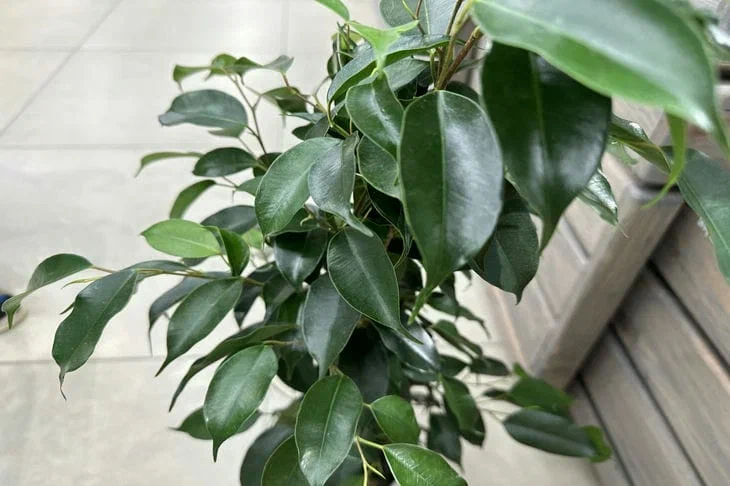With the onset of cold weather, the life of indoor plants changes. Their need for water decreases, as the processes of growth and moisture evaporation slow down.
Improper watering can cause harm, causing root rot and other problems.
Features of winter watering
The heating season makes indoor air dry, so it is important to monitor not only the quantity of water, but also its quality.
Plants do not need frequent watering in winter. The soil should dry out between waterings. You can check this by sticking your finger into the soil a couple of centimeters.
If the soil is dry to the touch, the flower needs water. Excessive moisture is as dangerous as lack of it. It promotes the development of fungal diseases and root rot.

Water quality and temperature
For watering indoor plants, settled water at room temperature is suitable. Cold water can cause stress to plants and damage the root system.
It is ideal to use water that has been left to stand for 24 hours. This will allow chlorine and other harmful impurities to evaporate.
Irrigation methods
There are different methods of watering. You can use a regular watering can, carefully watering the soil under the root. But there are other ways.
For example, some plants prefer watering through a tray. Water is poured into the tray, and the plant itself absorbs the required amount of moisture. This method is especially good for plants with sensitive roots.
Frequency of watering
The frequency of watering depends on many factors: the type of plant, the size of the pot, the temperature and humidity in the room. As a rule, watering is reduced in winter.
Plants that require watering every two or three days in summer, in winter it is enough to water once a week or even less often. It is necessary to carefully monitor the condition of the plants.
Dry leaves or a drooping appearance may indicate insufficient watering, while yellowing or wilting may indicate excess moisture.
Individual approach
Each plant is unique and has its own preferences. Succulents, for example, require very rare watering, while tropical plants need more humidity. It is necessary to study the characteristics of each flower before setting a watering schedule.
It is important to understand that there is no universal rule, and each gardener must find an individual approach to each plant.








